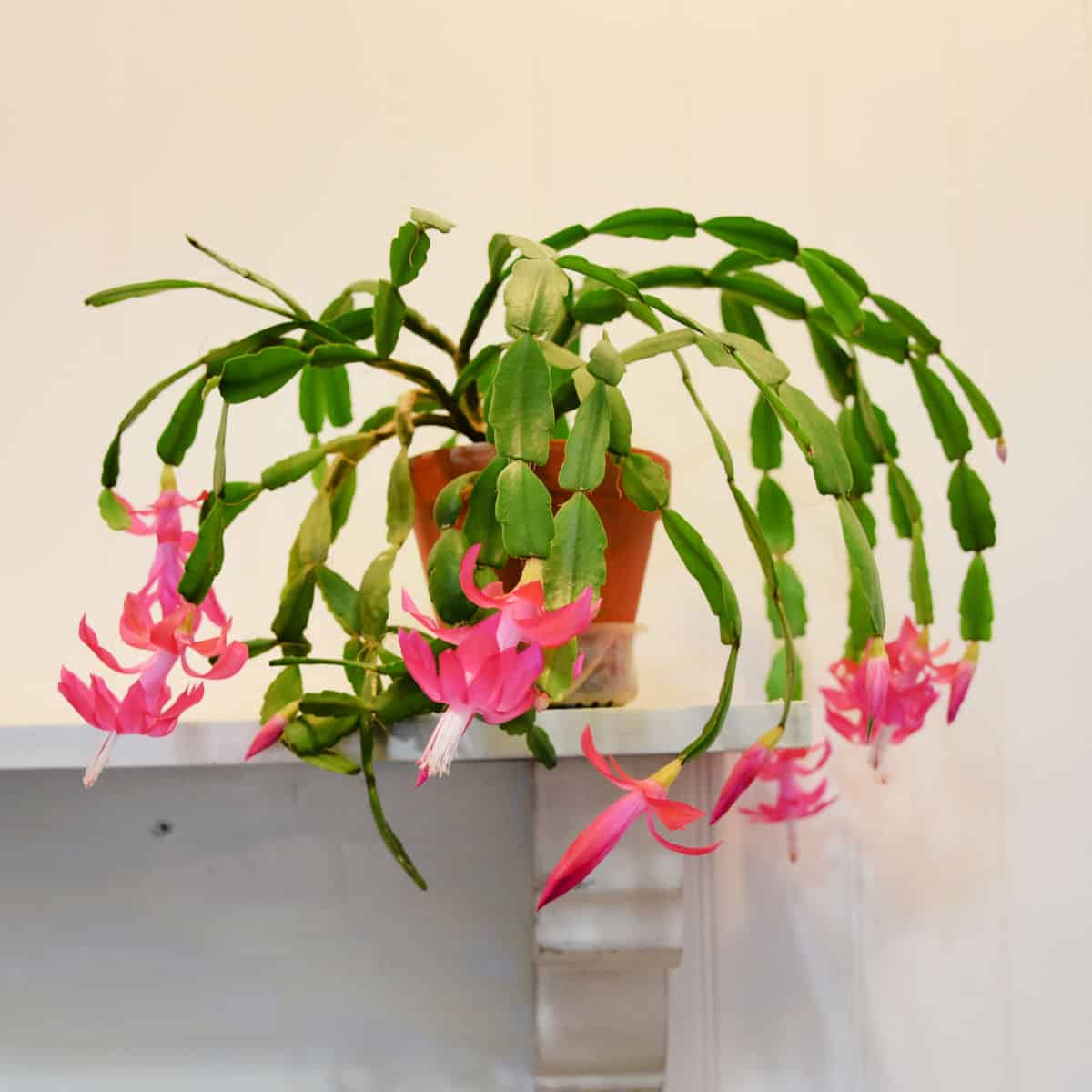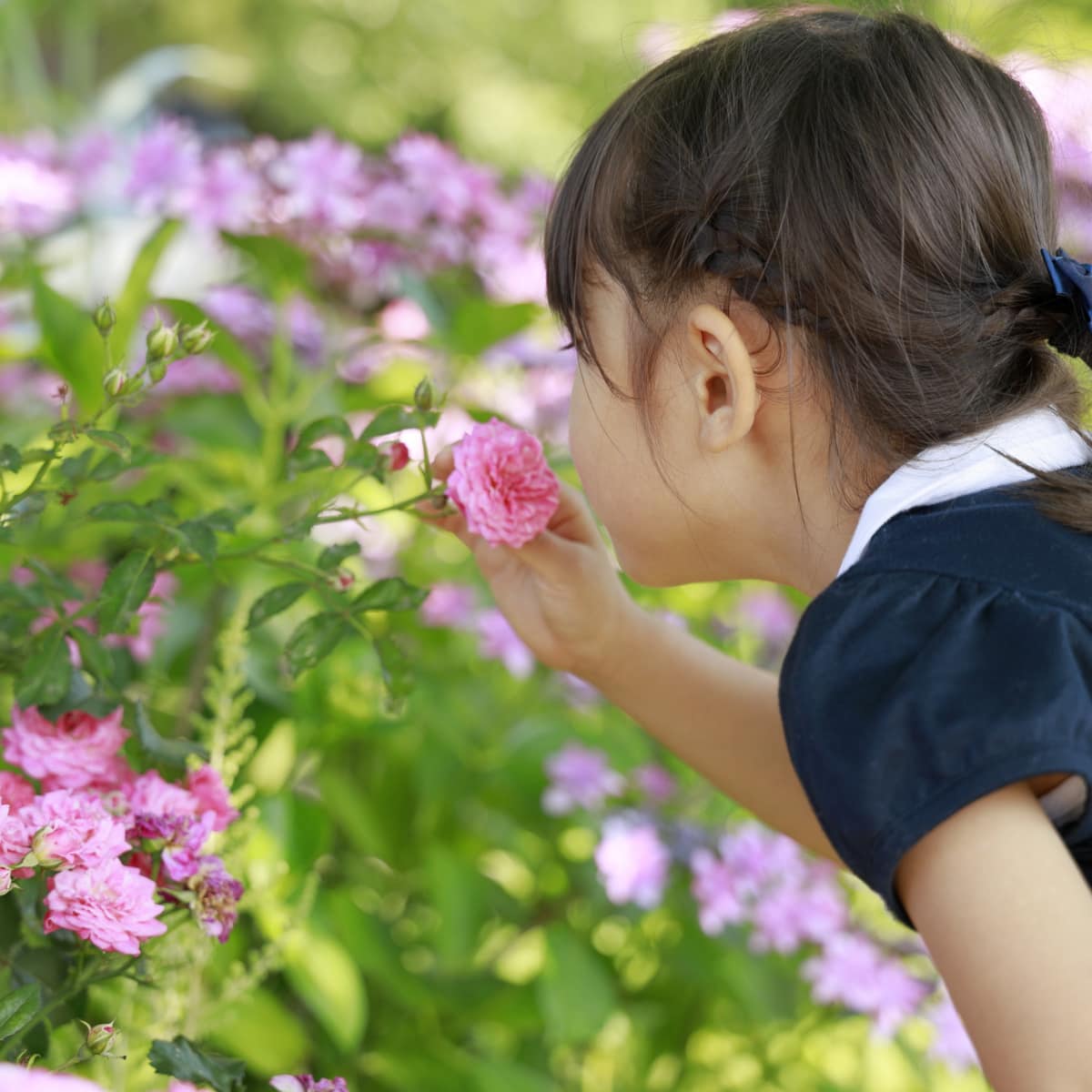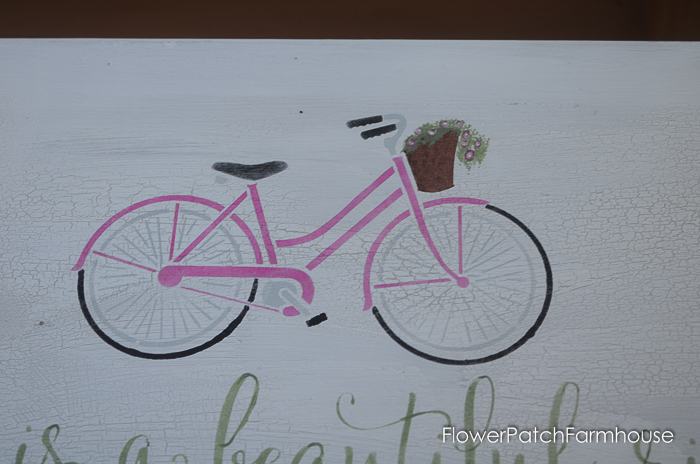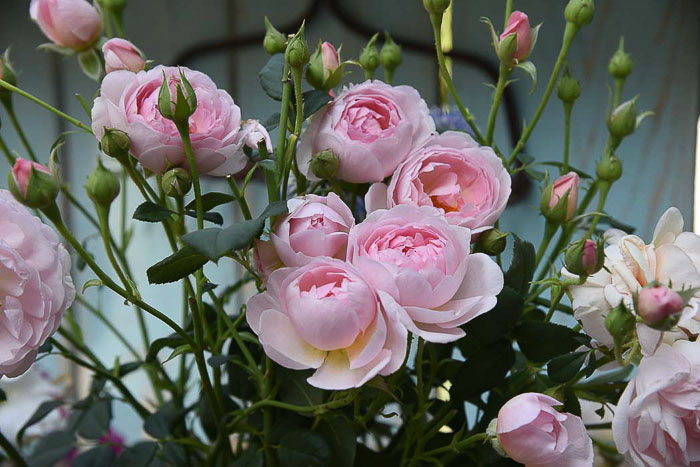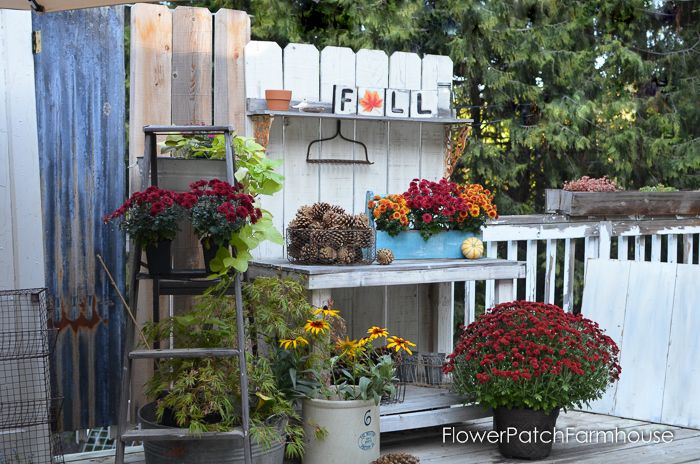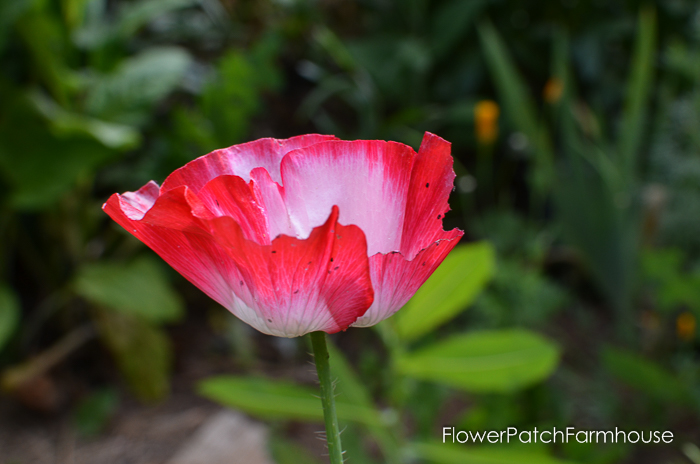Eggshells in the Garden?
How NOT to use eggshells in your garden!
Gardening enthusiasts are always on the lookout for natural and sustainable ways to improve their garden’s health and productivity. One often touted is eggshells.
Yes, as much as you would like to believe all the tall tales of the virtues of using eggshells in the garden to provide pest control, stop Blossom End Rot, and more you would be sadly disappointed.
In this blog post, we will explore the factual benefits of using eggshells in your garden and debunking myths.
What prompted me to write this is the plethora of misinformation on many garden blogs and videos.
True, adding eggshells to your garden will do no harm, you need to know the truth and not be led down the ‘garden path’ of thinking they will do more than that!
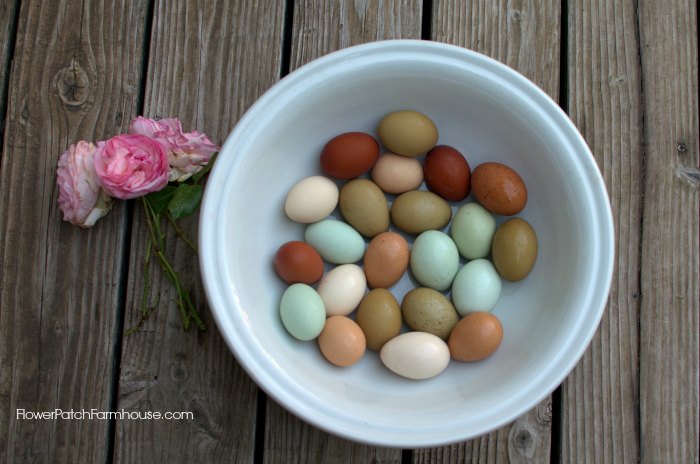
Myth 1: Eggshells Prevent Blossom End Rot
One big common myth about eggshells is they prevent Blossom End Rot. Sorry folks, this is a complete bunk.
Yes, eggshells contain essential nutrients that benefit tomato plants like calcium, magnesium, and potassium but it is locked up tight and won’t be readily available to your tomatoes no matter how much you add to the planting hole.
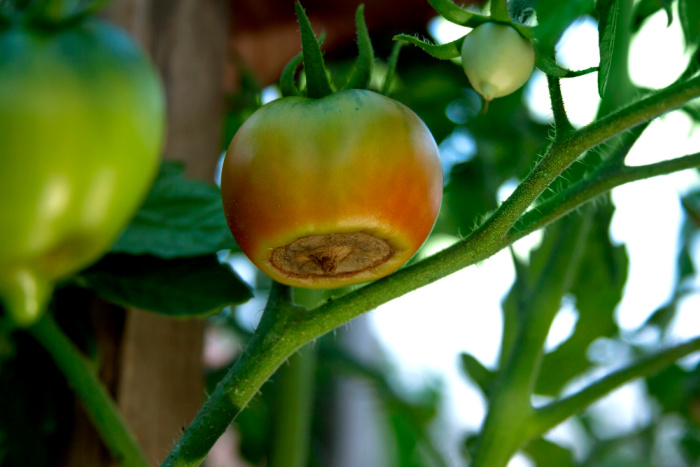
Myth 2: Egg Shells Improve Soil Structure
Another common myth is that eggshells can improve soil structure.
While it’s true that adding organic matter to the soil can improve its structure, egg shells, in their natural form, do not contribute significantly to this process.
Myth 3: Eggshells Deter Pests Like Slugs and Snails
This myth gets comes from the sharp edges of the broken eggshells supposedly slicing through the tender skin of both slugs and snails.
If you wish to try this yourself you will find that they crawl across them unscathed.
I watched videos of this and then tested it myself.
Sorry, it was a complete fail at deterring either!
Myth 4: Egg Shells are a Source of Essential Nutrients for Plants
It’s often claimed that egg shells are a rich source of essential nutrients for plants, such as calcium, magnesium, and potassium. (mentioned above)
While it’s true that eggshells do contain these nutrients, they are not immediately available to plants in their raw form.
Eggshells are composed of calcium carbonate, which is a complex compound that needs to undergo decomposition by microorganisms in the soil before the nutrients become accessible to plants.
This decomposition process takes time, a LOT of time, and requires the right conditions, such as moisture, warmth, and microbial activity.
As a result, the release of nutrients from eggshells is painfully slow and gradual, and may not provide any boost to plant growth for a very long time.
It actually takes 100s of years for them to degrade enough to release nutrients.
For an interesting reference read this article on archeologists finding eggshell fragments from the 19th century and being able to identify them.
Practical Tips for Using Egg Shells in Your Garden
Now that we have debunked some common myths about using eggshells in the garden, let’s explore what you can do with them:
Crush egg shells into small pieces and add them to your compost.
Crushing egg shells into small pieces makes them blend in better and not leave big unsightly chunks when you spread the compost on your soil.
You can use a mortar and pestle, a blender, or simply crush them with your hands.
Pulverizing them to a fine powder does help to break them down faster but how many folks really take the time to do that?
It is better to use that time in feeding or turning your compost pile.
I, personally, feed my eggshells to my chickens.
They benefit more from the calcium contained in the eggshells and they in turn produce the garden gold that is chicken manure!
In conclusion, eggshells can be a great addition to your compost instead of putting them in landfills.
While they may not provide an immediate nutrient boost or significantly improve soil structure, crushed eggshells can still be used in the garden, as long as you do it without all the expectations.
That all being said there is one way to extract the calcium from your eggshells that is more immediately available and that is called WCA. This article goes into how to do that and how it works.
For more garden myths to know check out this article: Garden Myths and Misinformation!
Happy gardening!
